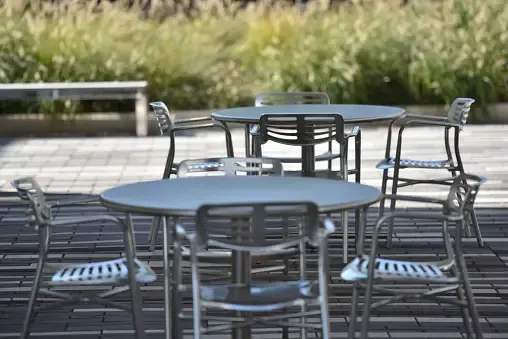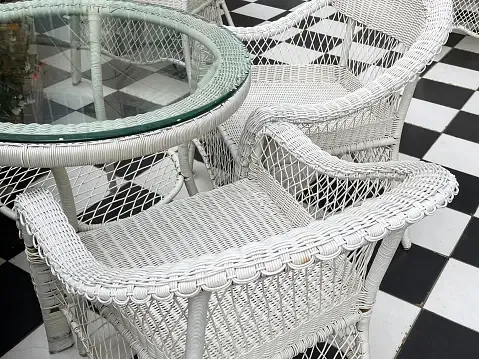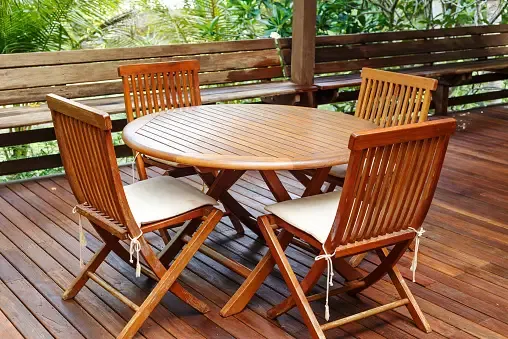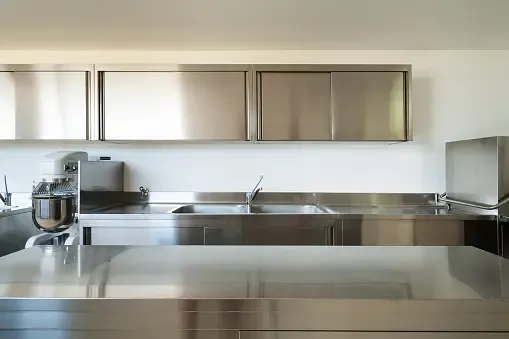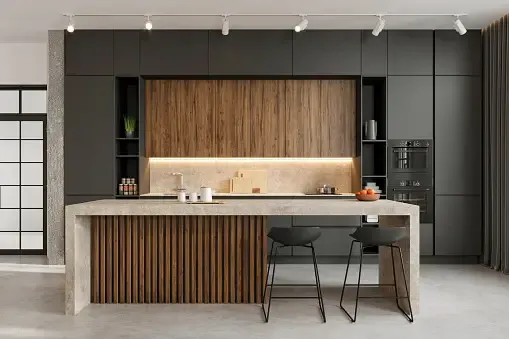
Which Outdoor Furniture is the Easiest to Maintain?
Share
Outdoor furniture is an essential part of creating a comfortable and stylish outdoor space. Whether you have a sprawling backyard, a cozy patio, or a balcony, the right furniture can transform these areas into functional extensions of your living space. However, not all outdoor furniture is created equal, especially when it comes to maintenance. If you're looking to enjoy your outdoor furniture without the hassle of constant upkeep, it's crucial to choose pieces that are easy to maintain. In this blog post, we'll explore various types of outdoor furniture and identify which ones require the least maintenance, helping you make an informed decision for your outdoor oasis.
1. Plastic Furniture
Plastic furniture is often the go-to choice for those seeking low-maintenance outdoor options. Made from synthetic materials like polypropylene or polyethylene, plastic furniture is lightweight, durable, and weather-resistant. One of the biggest advantages of plastic furniture is that it requires minimal care. A quick wash with soapy water and a rinse with a garden hose is usually enough to keep it looking clean and fresh.
Pros:
- Weather-resistant: Plastic furniture can withstand rain, sun, and even snow without deteriorating.
- Lightweight: Easy to move around and rearrange as needed.
- Affordable: Generally less expensive than other types of outdoor furniture.
Cons:
- Aesthetic: While practical, plastic furniture may not offer the same aesthetic appeal as other materials.
2. Aluminum Furniture
Aluminum furniture strikes a balance between durability and ease of maintenance. Powder-coated aluminum frames are resistant to rust and corrosion, making them ideal for outdoor use. Cleaning aluminum furniture is a breeze—simply wipe it down with a damp cloth or use mild soap and water for tougher stains.
Pros:
- Rust-resistant: Perfect for humid or coastal climates.
- Lightweight: Easy to move and rearrange.
- Stylish: Available in a variety of designs and finishes.
Cons:
- Heat retention: Aluminum can get hot in direct sunlight, which may be uncomfortable.
3. Resin Wicker Furniture
Resin wicker, also known as synthetic wicker, is designed to mimic the look of natural wicker but with much greater durability. Made from high-density polyethylene (HDPE), resin wicker is resistant to UV rays, moisture, and extreme temperatures. Maintenance involves regular dusting and occasional washing with soapy water.
Pros:
- Weather-resistant: Can withstand various weather conditions without fading or cracking.
- Stylish: Offers the classic wicker look without the maintenance issues of natural wicker.
- Comfortable: Often paired with cushioned seating for added comfort.
Cons:
- Cost: Higher quality resin wicker furniture can be more expensive.
4. Teak Furniture
Teak is a popular choice for outdoor furniture due to its natural oils that make it resistant to water, insects, and decay. While teak furniture is more expensive, it requires relatively low maintenance. To maintain its golden color, you can apply teak oil periodically. If left untreated, it will weather to a silvery-gray patina, which some people prefer.
Pros:
- Durable: Long-lasting and resistant to the elements.
- Elegant: Adds a touch of sophistication to any outdoor space.
- Low-maintenance: Requires minimal upkeep compared to other woods.
Cons:
- Cost: More expensive upfront.
- Color maintenance: Needs occasional oiling to maintain its original color.
5. Stainless Steel Furniture
Stainless steel is a robust and modern choice for outdoor furniture. Known for its resistance to rust and corrosion, stainless steel furniture is particularly suitable for environments exposed to moisture, such as near pools or coastal areas. Maintenance involves wiping it down with a damp cloth and using a stainless steel cleaner to remove any smudges or stains.
Pros:
- Durable: Extremely strong and long-lasting.
- Modern aesthetic: Sleek and contemporary look.
- Rust-resistant: Ideal for humid climates.
Cons:
- Heat retention: Can get hot in the sun.
- Weight: Heavier and more challenging to move.
6. Concrete Furniture
Concrete furniture is gaining popularity for its industrial and minimalist appeal. It is incredibly durable and can withstand all weather conditions. Maintenance is minimal, requiring only periodic cleaning with mild soap and water. Sealing the concrete annually can help protect it from stains and keep it looking new.
Pros:
- Durable: Extremely strong and weather-resistant.
- Stylish: Offers a unique and modern look.
- Low-maintenance: Requires minimal care.
Cons:
- Heavy: Difficult to move once placed.
- Cost: Can be expensive due to the materials and manufacturing process.
Tips for Maintaining Outdoor Furniture
Regardless of the type of outdoor furniture you choose, there are some general maintenance tips to keep in mind:
Cover Your Furniture: Use furniture covers during the off-season or inclement weather to protect your pieces from the elements.
Clean Regularly: Regular cleaning prevents dirt and debris buildup, which can cause wear and tear over time.
Store Cushions: Store cushions and fabric pieces indoors or in a waterproof storage box when not in use to prevent mold and mildew.
Inspect for Damage: Periodically check for any damage or wear and address it promptly to extend the life of your furniture.
Conclusion
When it comes to choosing outdoor furniture, the easiest to maintain options include plastic, aluminum, resin wicker, teak, stainless steel, and concrete furniture. Each type has its own set of benefits and potential drawbacks, so consider your specific needs, budget, and aesthetic preferences when making a decision. With the right choice, you can enjoy a beautiful and low-maintenance outdoor space for years to come.


